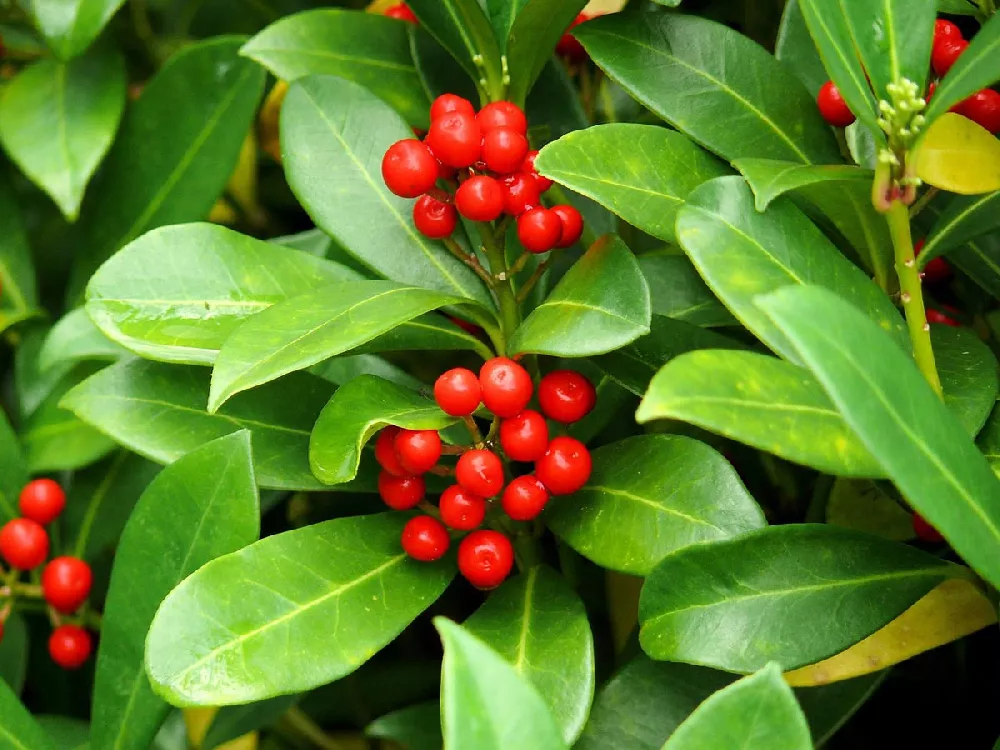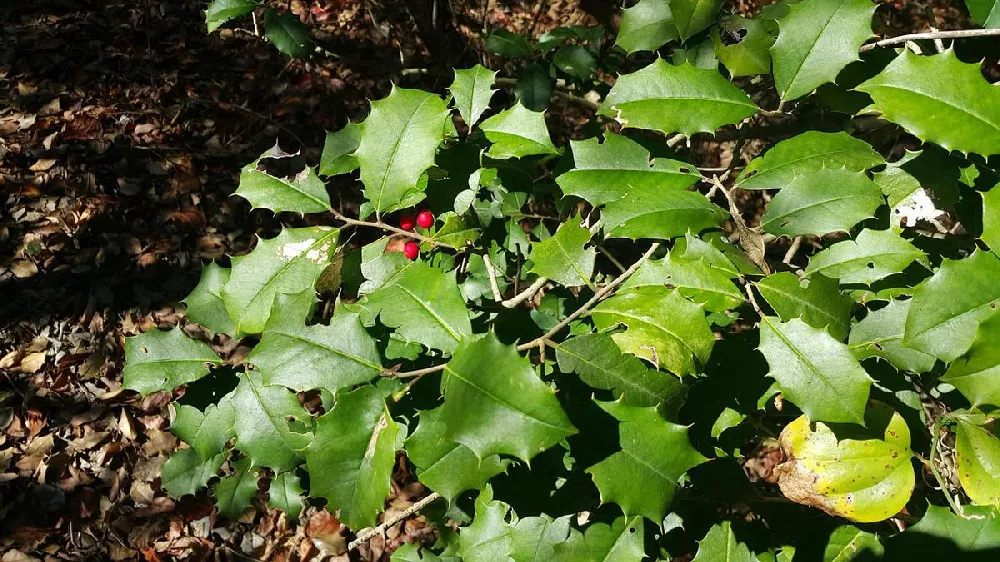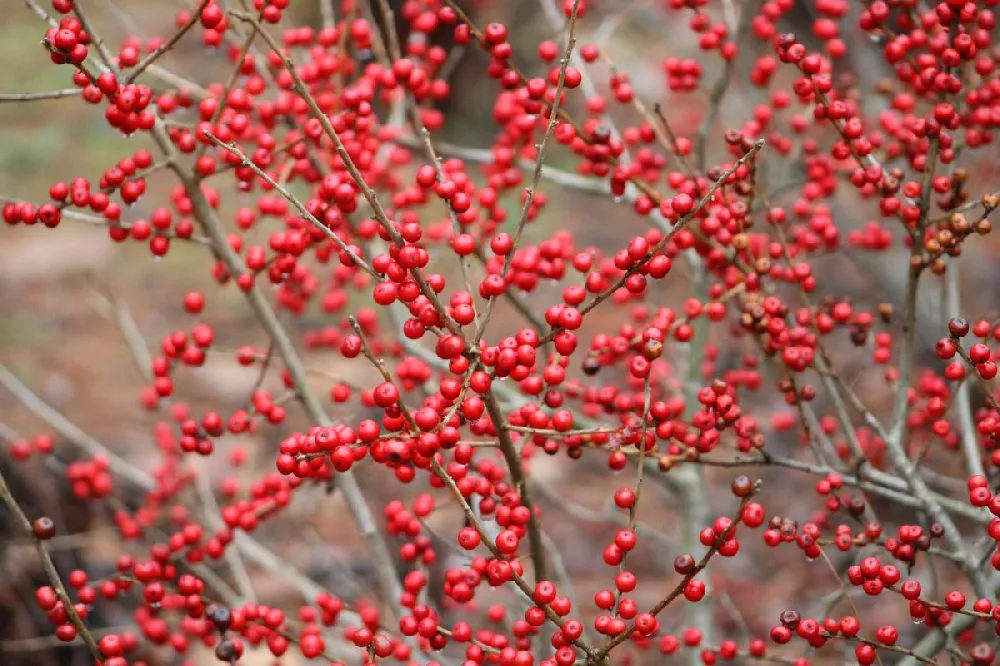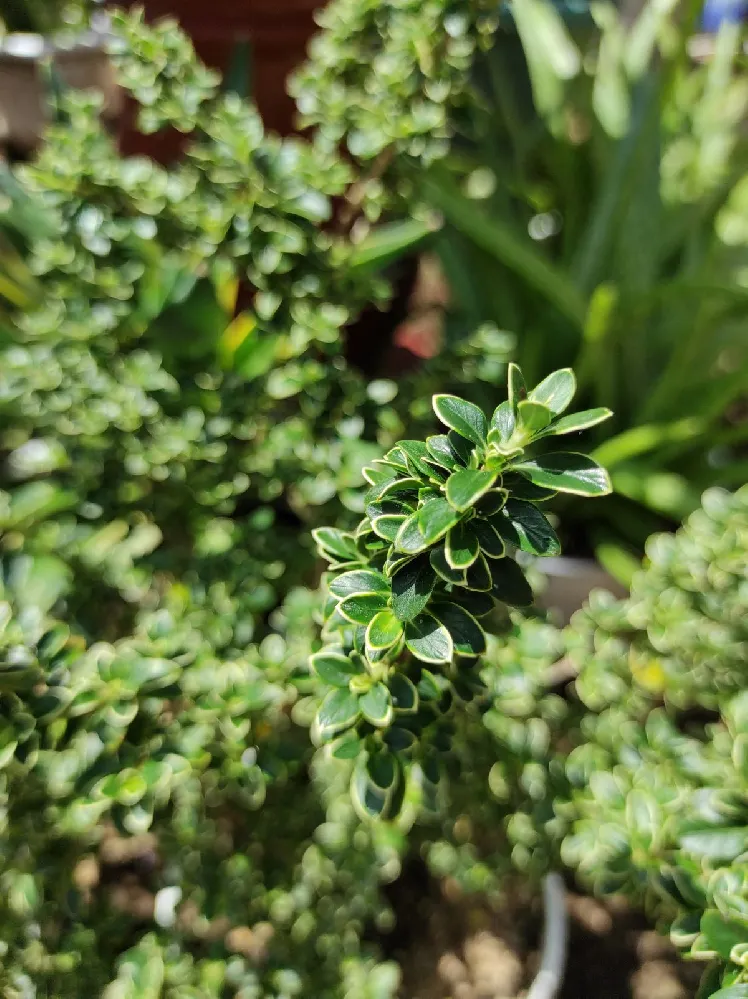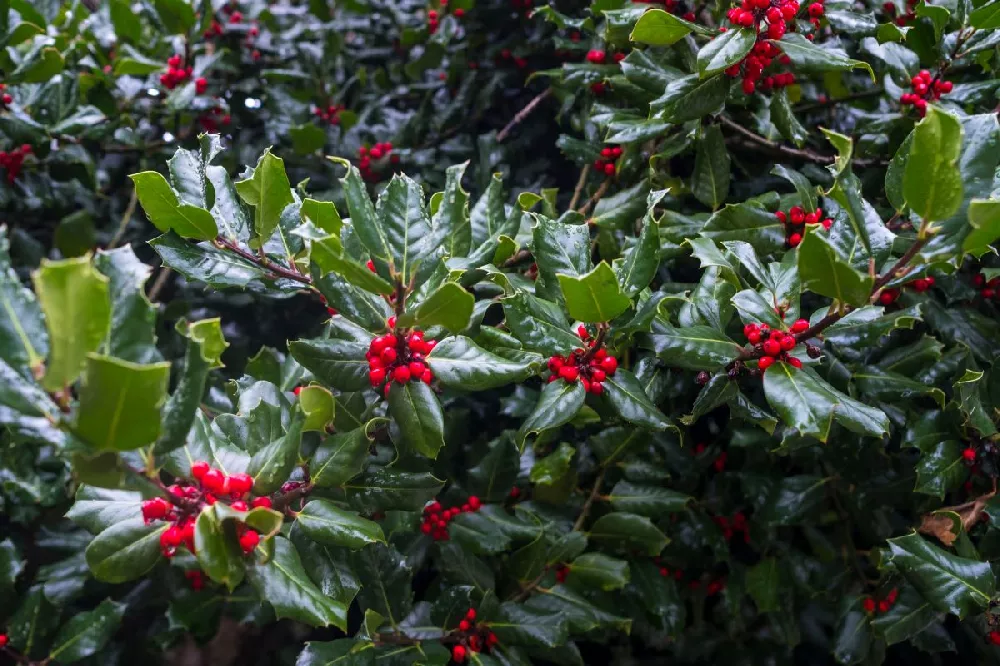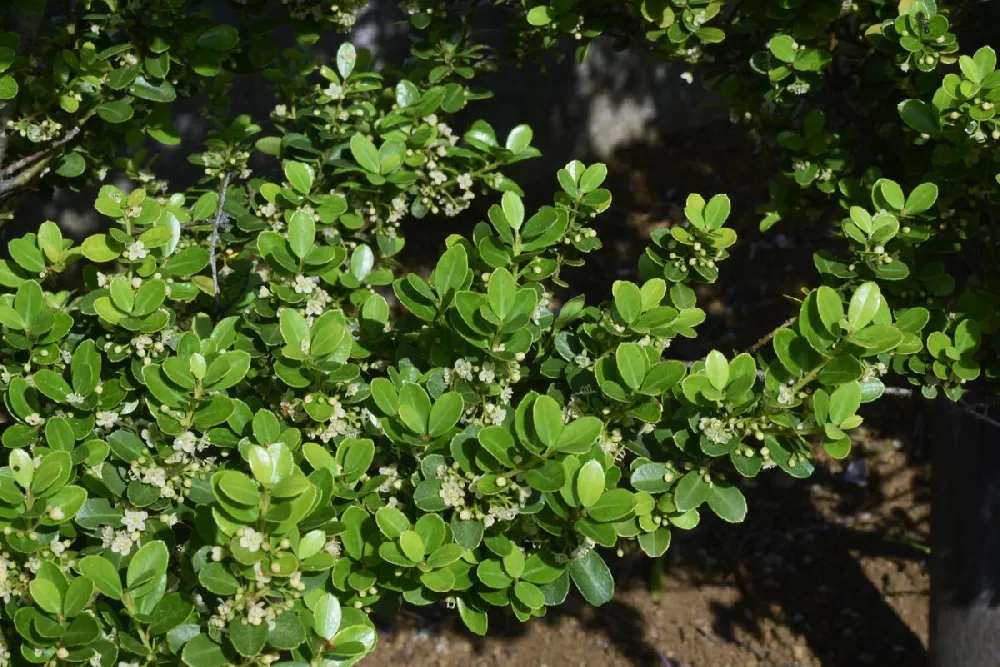- Home >
- Evergreen Trees >
- American Holly
American Holly for Sale - Buying & Growing Guide
Ilex opaca, otherwise known as American holly, is recognizable for its sharp evergreen leaves and bright red fruits, both of which are common features of winter holiday decor. Though these plants are most famous for their winter appeal, they add value to the landscape all year. The foliage has an attractive color and texture and is dense enough to create consistent privacy for your yard. This plant also survives in many locations, making it a fantastic planting option for nearly any location in the U.S.. Here are some attractive features of this plant:
- Leaves and fruits are a well-known symbol of the winter holiday season.
- Consistent evergreen foliage makes for excellent privacy screening.
- Thrives outdoors in nearly all of the U.S. .
Enter your zip code to find nearby stores that may carry this plant.
Plant Care
Sunlight

Four to six hours of sunlight per day is best.
Watering
When mature, water about once per week in the growing season. Mild drought tolerance.
Fertilizing

Fertilize in the spring and fall with a mix that is high in phosphorus and potassium — or one specific to hollies.
Planting and Care
Planting instructions
When planting an American holly, find a location that receives at least four hours of sunlight per day and has well-draining acidic soils. The soil should also have a reasonable amount of organic nutrients and be neither excessively dry nor wet. Once you locate an area that meets these qualifications, dig a hole that is as deep as the root ball is tall and significantly wider. For the best results, plant in spring and provide plenty of water after you backfill your planting hole.
Watering and nutrients
Newly-planted American hollies will need more water than mature ones, but once yours has grown for a few years, it won’t need water more than once per week. Fertilization for this plant can occur in spring and fall. The best fertilizers to use will alter the soil pH to make it more acidic. There are many fertilizer mixes created specifically for hollies and plants that enjoy similar conditions.
Pollination
The ornamental value of the American holly’s fruit is one of the main reasons people grow them, making pollination a crucial factor. American hollies come in male and female versions, and you need both to produce fruits. Typically, a single male plant is enough to pollinate two to three female plants, and it must be nearby to do so. If you plant male and female American hollies near one another, you can rely on insects like honeybees to take care of the pollination process.
Pruning
If you wish to prune your American holly, use a set of sharp and sterile pruning tools and cut during the winter when the plant is in a dormant phase. When you prune, remove any branches that are damaged, diseased, or dead. You can also trim these plants into different shapes, which only adds to their ability to create an attractive hedge. While pruning can improve the appearance and health of this plant, it is not always necessary.
Pests, diseases, and animals
Unfortunately, many different problems can affect an American holly. One of the most common pests is the holly leaf miner. However, other insects such as scale, bud moth, whitefly, mites, and beetles can cause issues too. Diseases can be problematic for American hollies, too, with leaf rot, powdery mildew, and anthracnose being some of the most common ones. The best way to avoid these many potential issues is to give your American holly the most ideal growing conditions and care.
Achieving maximum results
Acidic soils are incredibly important for the health of your American holly. Any time that the soil pH rises too high, your plant may experience chlorosis. On the other hand, there are some ways that American hollies are more resilient than other plants. Most notably, American hollies can tolerate a reasonable amount of air pollution, making them a great pick for locations where other plants fail to grow due to poor air quality.
FAQs
How do you eat American holly fruits?
Although the fruits of the American holly are one of its most well-known and appreciated features, they are not edible. Avoid eating these fruits at all costs because they are toxic. Ingesting American holly fruits can cause various negative side effects, including vomiting, for both humans and pets. Children can be especially prone to these issues, even when ingesting a very small amount.
Are American hollies invasive?
As their common name indicates, American hollies are native to North America and are not invasive in that area. However, when given the right conditions, American hollies can multiply and form dense thickets. That spread can be somewhat aggressive at times. Even the medium growth rate of this plant has led some to treat this species as invasive, despite it being a native plant.
How long do American hollies live?
An American holly can live to be more than a century old if it receives the ideal growing conditions and sufficient maintenance. Over that time, this plant can get to an impressive size of more than 50 feet tall while maintaining a dense habit. However, it is rare to see an American holly that reaches that extreme age and size. Instead, most gardeners will see their American holly take the form of a large shrub or small tree.
